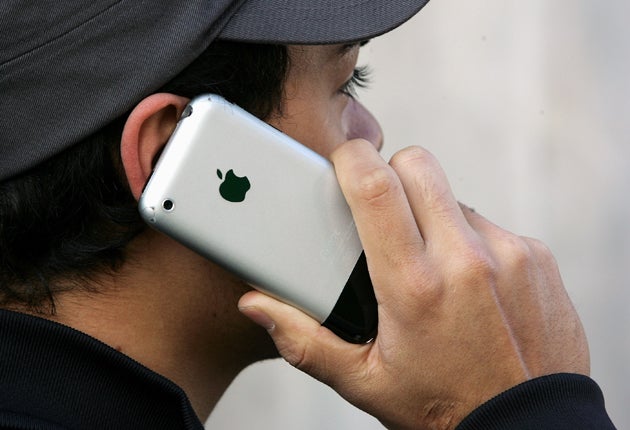UK mobile advertising market surges in 2009

Your support helps us to tell the story
From reproductive rights to climate change to Big Tech, The Independent is on the ground when the story is developing. Whether it's investigating the financials of Elon Musk's pro-Trump PAC or producing our latest documentary, 'The A Word', which shines a light on the American women fighting for reproductive rights, we know how important it is to parse out the facts from the messaging.
At such a critical moment in US history, we need reporters on the ground. Your donation allows us to keep sending journalists to speak to both sides of the story.
The Independent is trusted by Americans across the entire political spectrum. And unlike many other quality news outlets, we choose not to lock Americans out of our reporting and analysis with paywalls. We believe quality journalism should be available to everyone, paid for by those who can afford it.
Your support makes all the difference.The amount of advertising targeted at mobile phone users jumped 32 per cent in 2009, despite a contraction in the wider advertising market last year. A survey by the Internet Advertising Bureau (IAB) and PricewaterhouseCoopers also showed that the entertainment and media sectors were the biggest investors in mobile advertising last year, accounting for 61 per cent of the total spend, ahead of the telecommunications sector's 14.7 per cent.
In 2009, some companies took an axe to their investment in mobile ads to preserve cash, but this was more than offset by those investing in a medium which promises a greater return on investment from a more targeted and personalised form of advertising.
The UK mobile advertising market jumped 32 per cent to a record £37.6m last year. But the market remains nascent and accounts for just 1 per cent of total digital advertising. Eva Berg-Winters, at PwC, said: "There were two distinct approaches from advertisers and publishers. They either cut spend or continued to invest and develop their use of mobile – with a view to come out on top following the downturn."
The IAB separated the market into two categories: mobile search, largely where companies pay per click through on search engines, such as Google or Yahoo; and mobile display, which includes banner ads on websites, text links and content before and after video content.
Of the two, mobile search delivered the biggest growth, up 41 per cent to £20.2m to account for 54 per cent, compared to 50 per cent the previous year. Mobile display jumped by 24 per cent to £17.4m.
Jon Mew, the head of mobile at the IAB, said the rapid rise in consumers accessing the internet through an increasing variety of devices, including smart phones, was behind the surge in the overall market.
He said: "Consumers are driving it, really. Consumer usage of mobile media has increased rapidly over the last few years. Twenty-three per cent of all time spent accessing the internet is done on a mobile device."
But Ms Berg-Winters pointed out that companies often still gauge the success of mobile campaigns by growing awareness of their brands, such as the number of clicks on banners or through to a website, as opposed to measurable sales from mobile phones.
She said: "It is traffic statistics rather than actual purchases. It is going to be an evolution rather than a revolution."
Join our commenting forum
Join thought-provoking conversations, follow other Independent readers and see their replies
Comments